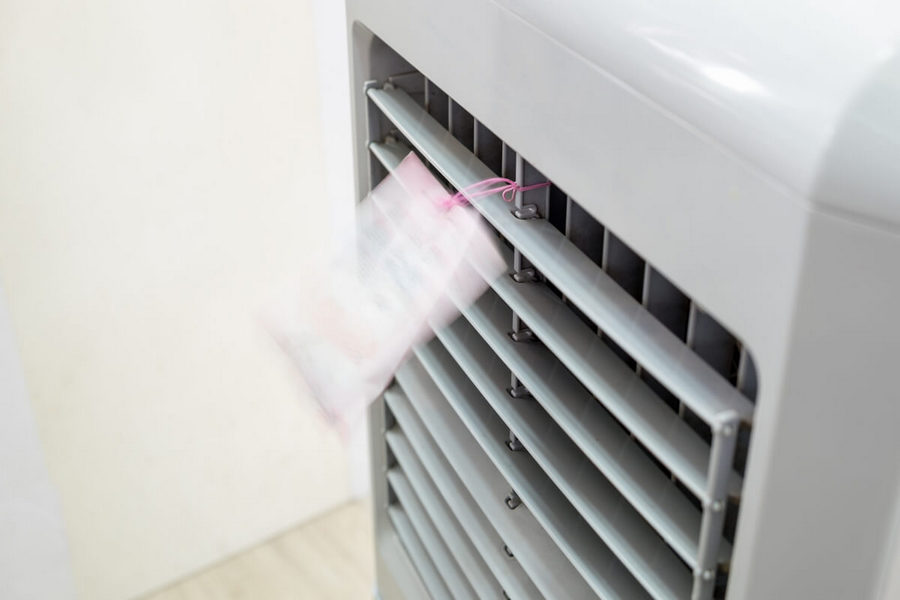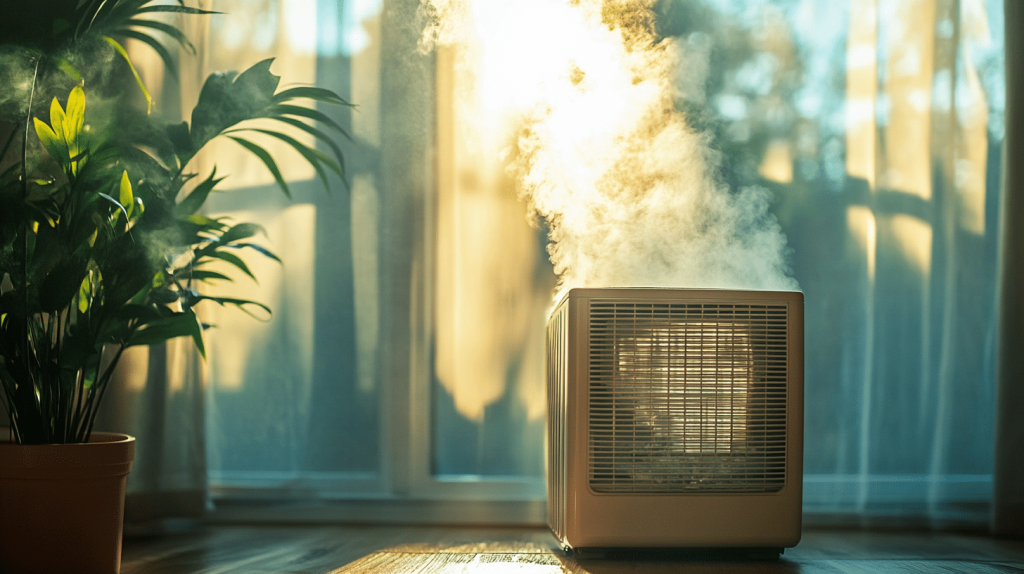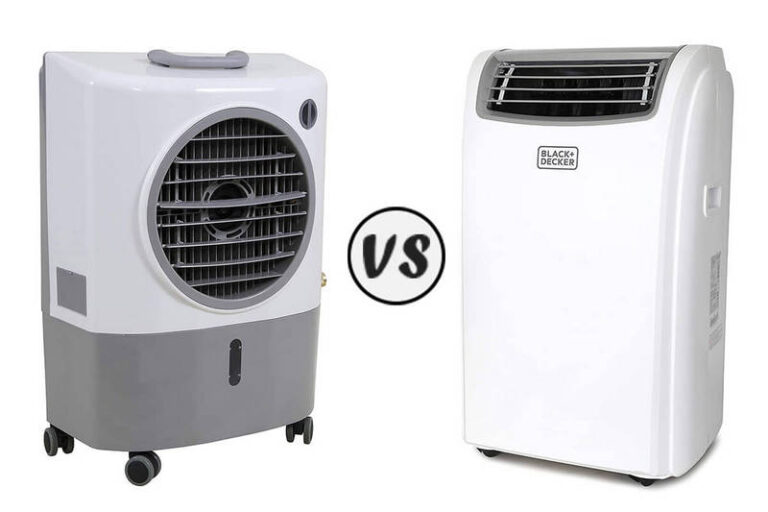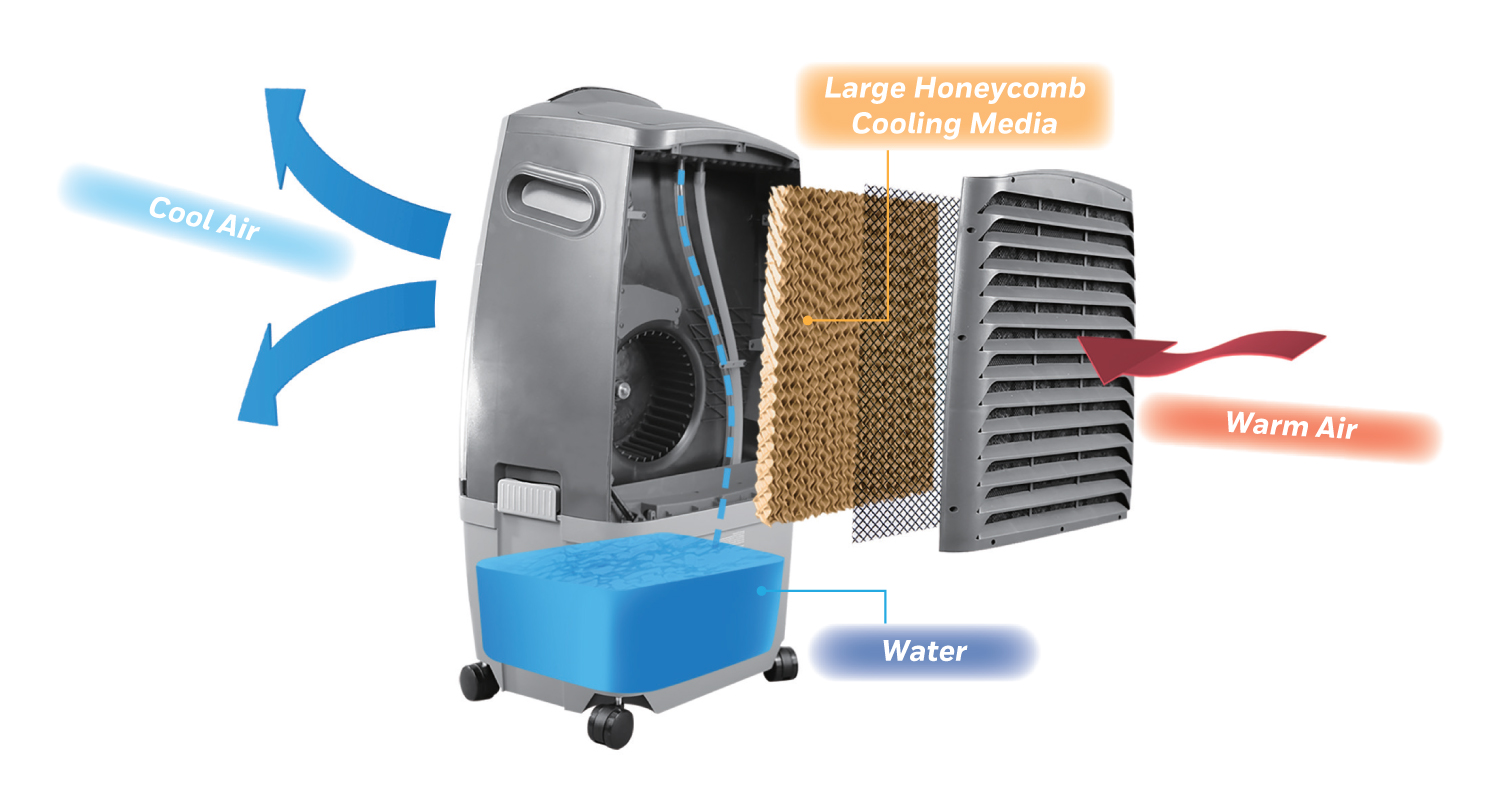Do Evaporative Air Coolers Work In High Humidity

Urgent warnings are circulating: Evaporative coolers, also known as swamp coolers, may fail to provide relief in humid climates. Consumers are reporting ineffective cooling, prompting questions about the technology's viability in certain regions.
This report clarifies whether evaporative coolers work effectively in high humidity, outlining the scientific principles, ideal conditions, and potential alternatives for those seeking efficient cooling solutions.
The Science Behind Evaporative Cooling
Evaporative coolers function by using the principle of evaporative cooling. Water is evaporated, absorbing heat from the air and lowering the temperature.
This process is most effective when the air is dry, allowing for more rapid evaporation. The drier the air, the more efficient the cooling.
Humidity's Impact
High humidity drastically reduces the effectiveness of evaporative coolers. When the air is already saturated with moisture, the rate of evaporation slows significantly.
This diminished evaporation means less heat is absorbed, resulting in minimal temperature reduction. In extreme cases, the air may even feel clammy due to the increased moisture content without adequate cooling.
Defining "High Humidity"
Generally, evaporative coolers perform best when humidity levels are below 60%. Above this threshold, their efficiency drops considerably.
According to the U.S. Environmental Protection Agency (EPA), optimal indoor humidity should be between 30-50%. Exceeding this level can contribute to mold growth and respiratory issues.
Regions with consistently high humidity, such as the Gulf Coast, the Southeastern United States, and many coastal areas, are generally not suitable for evaporative coolers.
Data and User Experiences
Consumer reports indicate widespread dissatisfaction with evaporative coolers in humid environments. Many users cite minimal temperature drops and an overall sense of discomfort.
Online forums and product review sites are flooded with complaints from individuals in humid climates. They state that the coolers provide little to no relief during hot, humid days.
"I bought an evaporative cooler hoping to save on electricity bills," one user from Houston, Texas, reported. "It was a complete waste of money. It just made the air feel heavy and sticky."
Alternative Cooling Solutions
For regions with high humidity, air conditioning units are generally the most effective cooling option. These units remove both heat and moisture from the air.
Dehumidifiers can also be used in conjunction with fans to improve comfort levels. These devices remove excess moisture from the air, making it easier for the body to cool itself through perspiration.
Heat pumps offer both heating and cooling capabilities and can be a more energy-efficient alternative to traditional air conditioners. Mini-split systems are also gaining popularity for their zoning capabilities and energy efficiency.
Expert Opinions
HVAC (Heating, Ventilation, and Air Conditioning) professionals widely acknowledge the limitations of evaporative coolers in humid climates. They typically advise against their use in areas where humidity consistently exceeds 60%.
According to ASHRAE (American Society of Heating, Refrigerating and Air-Conditioning Engineers) guidelines, proper humidity control is crucial for maintaining indoor air quality and occupant comfort.
"Evaporative coolers are designed for arid climates," explains Dr. Emily Carter, an environmental engineer specializing in building systems. "In humid regions, they simply cannot evaporate enough water to provide significant cooling, and they can even worsen indoor air quality by increasing humidity levels."
Energy Efficiency Considerations
While evaporative coolers generally consume less electricity than air conditioners in dry climates, this advantage diminishes in humid conditions. The reduced cooling efficiency necessitates longer operating times, negating potential energy savings.
In some cases, the combined energy consumption of an evaporative cooler running inefficiently and a separate dehumidifier may exceed that of a properly sized air conditioning unit.
Consumers should carefully assess their local climate and energy needs before investing in any cooling system.
Misleading Marketing
Concerns are being raised about misleading marketing practices that fail to adequately disclose the limitations of evaporative coolers in humid environments. Some advertisements may highlight the energy efficiency benefits without mentioning the humidity restrictions.
Consumers are encouraged to research product specifications and read user reviews carefully before making a purchase. Pay close attention to humidity recommendations and performance data.
The Better Business Bureau (BBB) recommends checking the company's rating and customer complaint history before making a purchase decision.
Moving Forward
Consumers who have purchased evaporative coolers and are experiencing unsatisfactory performance in humid conditions should consider contacting the manufacturer or retailer to explore potential return or exchange options.
Ongoing research is focused on developing more efficient evaporative cooling technologies that can function effectively in a wider range of climates. Hybrid systems that combine evaporative cooling with dehumidification are also being explored.
Regulatory agencies are being urged to establish clearer labeling requirements for evaporative coolers, specifying the optimal operating conditions and potential limitations in humid environments.


















